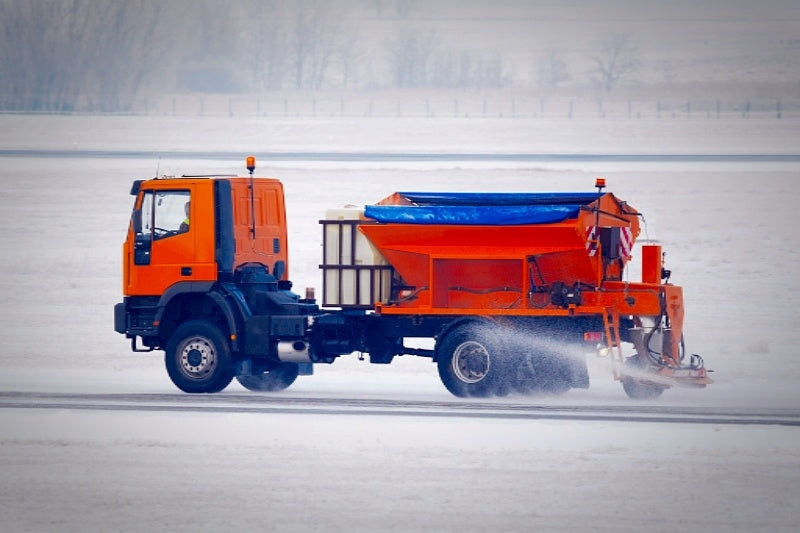
Facility managers know the importance of keeping walkways and parking lots safe for pedestrians during inclement weather. Many organizations choose to contract with professional snow removers. There are hidden costs, however, that can make this an expensive undertaking, some of which won’t come to light until a pedestrian falls on your property and sues you for liability. Here are some things to be aware of regarding contracting for snow removal.
Breach of Contract
Right off the bat, you need to make sure you avoid excess short-term costs by negotiating the right contract, and making sure that contract is ironclad. Otherwise, you could open yourself up to a lawsuit by the snow removal contractor who claims a different price than what you negotiated. For example, a simple winter property maintenance contract might only dictate that “X” inches of snow triggers snow removal. But what about fewer inches? Do you cap a price if the year presents a particularly heavy snowfall? What about ice or melt and refreeze follow up? Are code and ordinance requirements addressed? If these questions aren’t answered, they can expose you to liability cases brought by the contractor.
Take the case of a dispute last year between a Portsmouth, New Hampshire property owner and the snow removal company they contracted. The contractors sued the property owner for breach of contract, claiming they did not pay their total bill, but the property owner countered that charges were made for unauthorized plowing, as well as for plowing and salting believed not to have occurred at all. Avoid being targeted by contractors by agreeing to the terms of your snow removal plan ahead of time.
Enhanced Liability
In certain states, hiring a snow removal contractor can actually put your organization more at risk for liability. In states that follow the “unnatural accumulation” rule, property owners can be liable for injuries caused, for example, by a mound of snow created by a snow removal contractor.
Injuries are not the only concern, as property damage is a real risk when there’s a great amount of snow and only a limited place to move it. This year in Braintree, Massachusetts, more than 150 claims were made by property owners against the town for damaged fences and other mishaps caused when contractors pushed large amounts of snow off city streets and onto private property. Facilities that abut other properties must be concerned about liabilities that arise from placement of snow.
Importance of Documentation
One of the best ways to avoid additional snow removal expenses long term is to log and document all of your contractor’s snow removal efforts. Record when the snow removal crew arrives and departs; note the conditions at your facility including snow depth, wind chill, visibility, and ice accumulation; keep track of all services performed and equipment used to remove snow, and which areas were treated.
Documenting these efforts is not just critical for your internal records and in verifying that all relevant jobs are completed. It is also crucial in avoiding liability risks. There are three primary legal standards that can support facility managers against a slip and fall lawsuit, and all three can be proven with the proper documentation of your facility’s snow removal efforts.
It is incumbent upon property owners and facility managers to take steps to prevent injury caused by accumulation of snow and ice on walkways. Hiring a snow removal contractor is an expensive option that brings with it certain risks, but there are more cost-effective ways to reduce the chances of your visitors being injured. A shield of protection on top of the snow or ice-covered pavement can be a practical and inexpensive method to protect pedestrians. Industrial strength outdoor heated floor mats, which offer a convenient, inexpensive way to keep your walkways clear, are one such example.
Snow and ice are a fact of life in northern climates. While you can’t do anything to prevent the accumulation, you can take steps to protect your visitors and reduce the chance of liability.

